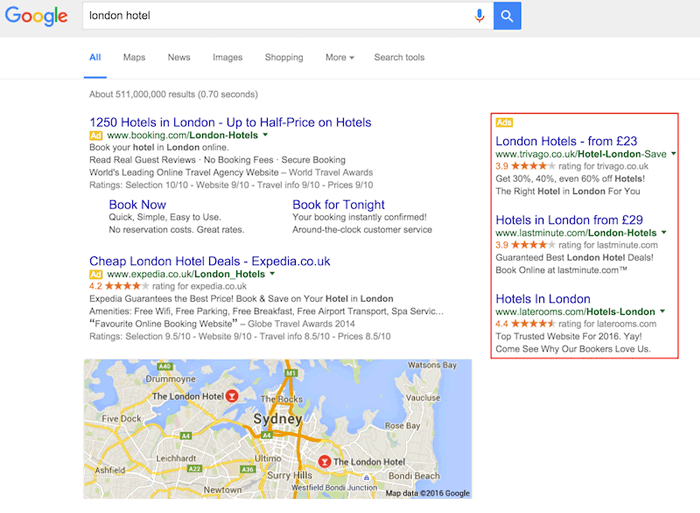The Dark Side of Remarketing
Loves Data

Where do we draw the line between targeting and spying?
Remarketing tends to bring out a lot of discussion around privacy and user experience. Nowhere was this highlighted better than a blog post by Brian Swichkow where he created a Facebook custom audience containing just one member: his roommate.
What exactly are Facebook’s custom audiences? They’re remarketing lists created with a list of Facebook user IDs supplied by the advertiser. Swichkow’s list contained only his roommate, allowing him to create an ad saying “Does it seem ironic that swallowing swords is easy and then small pills make you gag?” More ads came, ending in a reveal ad: “Ever feel like your roommate is creating Facebook ads targeted to a niche of just you?”
Of course, this was a prank and not a serious marketing campaign. Nonetheless, it raises questions about the ability of remarketing campaigns to annoy our audiences.
What are the requirements by the ad networks?
Facebook requires audience lists to have a minimum of 20 people. Their recommendation for achieving substantial results however, is much higher with at least 1,000 people.
Google’s requirements for remarketing with Google AdWords and/or Google Analytics are much more stringent. These include:
- At least 100 people on a list before remarketing ads are served
- A website privacy policy explaining your use of remarketing lists and how to opt out
- Not using remarketing for certain verticals (eg. pharmaceuticals, gambling, adult etc.)
- Not creating a list based on personally identifiable information or sensitive categories (eg. sexual orientation, race, financial and health situation, religious/political affiliation
See Google’s remarketing policy requirements for full details.
When using Google AdWords remarketing lists for search ads, the minimum audience size required increases to 1,000 people, to ensure greater privacy on pages connected to user search queries.
Other remarketing platforms have their own requirements that you would need to be aware of when developing your strategy.
What makes sense from a business perspective?
There are many options for creating remarketing lists and it’s up to you as the advertiser to decide how specific you want to be. Check out our previous blog posts on how to create lists from Google Analytics or Google AdWords. A very specific list can create a better opportunity for a click-through and a conversion, however it can also suggest the advertiser’s knowledge of the user at an individual level.
One way to address this is to keep messaging general, even if the actual list is specific. For example, a list of people who abandoned the shopping cart at the shipping stage could be remarketed to using these two messages:
- Free shipping for all orders over $30!
- Complete your order to get free shipping!
Both refer to a relevant selling point but one is much more likely to be perceived as invasion of privacy.
It is also important to remember that Google has now rolled out dynamic remarketing to all business sectors. It’s easier than ever to create a dynamic banner showing the exact three hotel listings someone has visited on your website – but this may not be the best move for your brand. This can be tested with a data-driven approach – is your targeted audience more likely to click through on more specific ads or will they be turned off perceiving it as too much targeting?
What is the right thing to do?
It’s also important to consider the ethics of a remarketing strategy. Is it making the internet a better place? Is it sustainable? Ads that are overly intrusive and “know too much” tend to increase people’s distrust of the ad platform and ads in general. This makes it harder to advertise in the future. If the industry only seeks to optimise for short-term gains through more and more targeted ads, it may be undermining the long-term viability of remarketing. Finally, sneaky remarketing lists set up an adversarial relationship between a business and its customers which is likely to lead to problems beyond advertising.
With these considerations in mind, you should be able to create a remarketing policy that’s right for your organisation, and balance business objectives with customer experience.
For more information about Brian’s Swichkow’s experiment, check out his original blog post.



Comments